You can help all animals and our planet by choosing compassion on your plate and in your glass. #GoVeg
RELATED ARTICLES
Pressure Mounts For Arizona To Ban Dog Pack Hunting Of Mountain Lions, Bears & Other Critical Species
Conservation groups have submitted a petition to the Arizona Game and Fish Commission urging a ban on the use of dog packs for hunting...
Help Save Millions Of Lives This Holiday By Choosing Compassion On Your Plate; Adopt A Turkey Today!
As Thanksgiving approaches, we hope you enjoy a warm and safe holiday. We encourage you to make a compassionate choice by leaving animals off...
Giraffes Are One Step Closer To Receiving Vital Endangered Species Act Protections
In response to a petition and subsequent lawsuit by conservation and animal protection organizations, the U.S. Fish and Wildlife Service (USFWS) has proposed listing...
Popular stories
News
Breaking! California To End Commercial Crab Fishery Season Early To Avoid Whale Entanglements
Yesterday, California Department of Fish and Wildlife Director Chuck Bonham ordered the state’s commercial Dungeness crab fishery to close at noon on Tuesday, June 1st....
Breaking! Yves Saint Laurent & Brioni Are The Latest Luxury Brands To Go Fur-Free & Make Compassion The Fashion
One of the world’s most prolific global luxury groups, Kering, has announced that it will eliminate the use of animal fur in all of...
News
Powerful New Video Reveals The Tragic Plight Of Slow Lorises Being Kept As Pets; Support International Animal Rescue’s Campaign Against This Deplorable Trade!
Photos from International Animal Rescue
Five years from its initial ‘Tickling is Torture’ video exposing the plight of slow lorises being kept illegally as pets, International Animal Rescue (IAR) has produced a sequel, narrated by actor...



